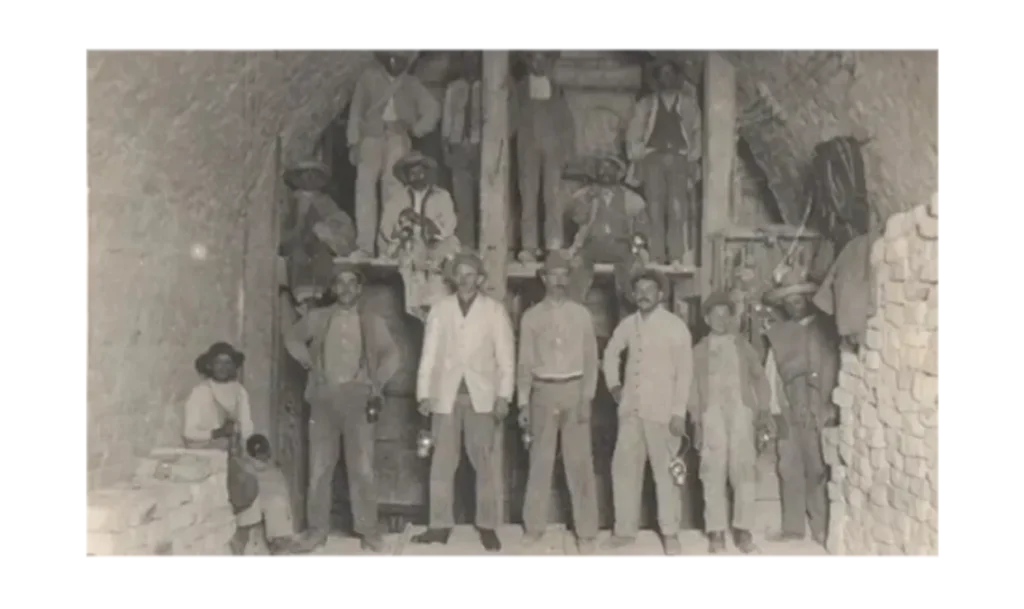SILVER IN HISTORY
The mining of silver began some 5000 years ago.
Silver was first mined in about 3000 B.C. in Anatolia (modern day Turkey). These early lodes were a valuable resource for the civilizations that flourished in the Near East, Crete, and Greece throughout antiquity.
In about 1200 B.C., the center of silver production shifted to Greece’s Laurium mines, where it continued to feed the region’s burgeoning empires. In about 100 A.D., Spain became the capital of silver production. The Spanish mines were the major supplier for the Roman Empire and an essential trading component along the Asian spice routes.
With the Moorish invasion of Spain, the practice of silver mining migrated to a broader range of countries, most of them in Central Europe. Several major silver mine discoveries occurred between 750 and 1200 A.D., including ones in Germany and Eastern Europe.
The 500-year period from 1000 and 1500 A.D. was one of significant growth thanks to an increased number of mines as well as improvements in production and technology.
However, no single event in the history of silver rivals the importance of the discovery of the New World in 1492. This momentous finding and the years that followed reinvented the role of silver throughout the world.
The Spanish conquest of the New World led to mining of the silver element that dramatically eclipsed anything that had come before that time. Between 1500 and 1800, Bolivia, Peru and Mexico accounted for over 85 percent of world production and trade.
Later, several other countries began to contribute more substantially, notably the United States with the discovery of the Comstock Lode in Nevada. Silver production continued to expand worldwide, growing from 40 to 80 million troy ounces annually by the 1870s.
The period from 1876 to 1920 represented an explosion in both technological innovation and exploitation of new regions worldwide. Production over the last quarter of the 19th century quadrupled over the average of the first 75 years to a total of nearly 120 million troy ounces annually.

Similarly, new discoveries in Australia, Central America and Europe greatly augmented total world silver production. The twenty years between 1900 and 1920 resulted in a 50 % increase in global production, and brought the total to about 190 million troy ounces annually. These increases were spurred by discoveries in Canada, the United States, Africa, Mexico, Chile, Japan, and other countries.
In the last century, new technologies have also contributed to a massive rise in overall silver production. Major breakthroughs included steam-assisted drilling, mining, mine dewatering, and improved haulage. Furthermore, advances in mining techniques enhanced the ability to separate silver from other ores and made it possible to handle larger volumes of ore that contained silver.
Such methods were critical to the increased volume of production, as many of the high-grade ores throughout the world had been largely depleted by the end of the 19th century.
Today, more than 5,000 years after ancient cultures first began to mine this precious metal, yearly global mine production averages 671 million troy ounces.
Source: The Silver Institute

